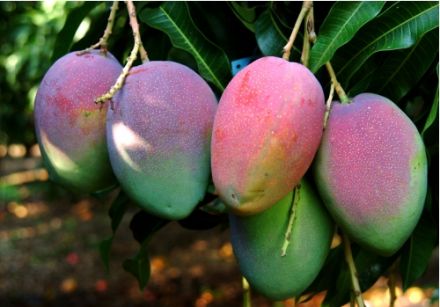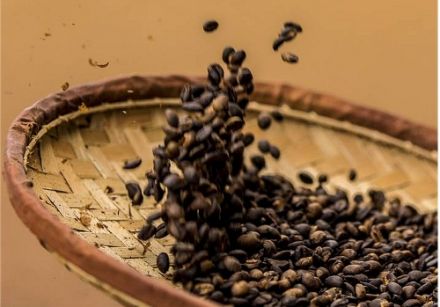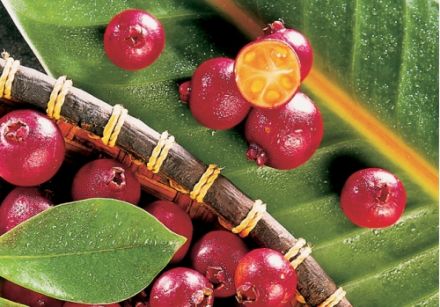 |
Flavours of Reunion Island > When Reunion Island celebrates
There's no better way to understand a country than to attend its celebrations.

Réunion has about 150 mango producers, representing almost 320 hectares. The orchards reach from Possession to St. Pierre, concentrated around St. Paul, where more than half the land is planted. Producers welcome visitors to discover, taste and buy their fruit, jam, juice and mango cakes.

More than just a celebration of coffee, the festival aims to restore the nobility of Reunion coffee growing and a centuries-old tradition. It's a unique occasion to travel back in time and take in the scent of "real coffee." Coffee cultivation is inextricably linked to the history of Reunion; in fact you could say that Reunion did not exist until coffee. Until the 1700s, the island, a French possession, was simply a stopping point for ships on their passage to the Indies. In 1713 Moka coffee plants were introduced.

In just over 10 years, the Guava Festival has given Plaine des Palmistes its emblem. This succulent fruit attracts thousands of visitors each year to the island's smallest community. Jam and fruit paste manufacturers welcome all lovers of sweet treats.

The event takes place over several days and celebrates the merits of the vacao, a tree that grows along the ocean. It was originally planted as a windbreak. Also known for its hardiness, the vacoa has leaves that are woven into baskets, hats, place mats... The poorest residents once made them into large baskets to collect lychees. The festival expanded on the culinary level a few years ago. The vacao's fruit is a delicacy on Reunion tables, added to dishes and made into delicious confits.
We should also mention the kernels of the oil palm, which are eaten in gratins, salads and curry.

-

 Recipes
Recipes
-

 Products
Products
-

 Entertaining
Entertaining
-

 Chefs
Chefs
-

 Hints & Tips
Hints & Tips
-

 Glossaries
Glossaries








